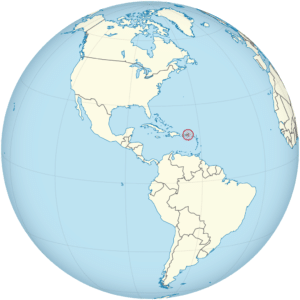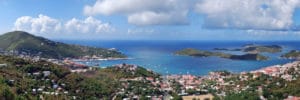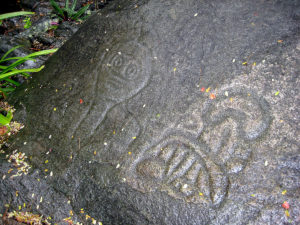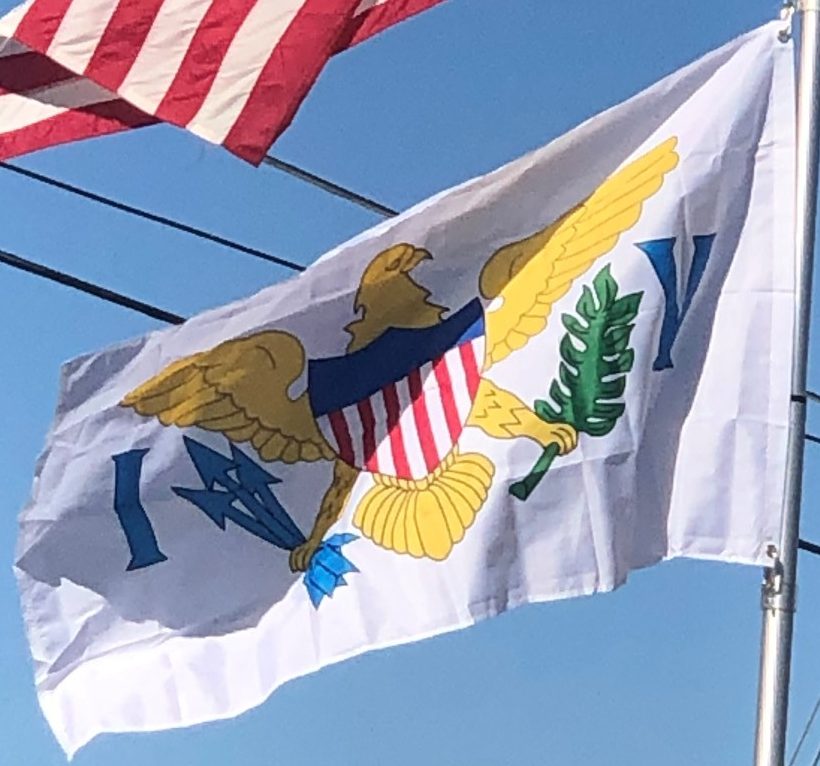Introduction:
The United States Virgin Islands, officially the Virgin Islands of the United States, is a group of islands in the Caribbean and an unincorporated and organized territory of the United States. The islands are geographically part of the Virgin Islands archipelago and are located in the Leeward Islands of the Lesser Antilles.

The U.S. Virgin Islands consists of the main islands of Saint Croix, Saint John, and Saint Thomas, and many other surrounding minor islands. The total land area of the territory is 133.73 square miles. The territory’s capital is Charlotte Amalie on the island of St. Thomas.

History:
The U.S. Virgin Islands were originally inhabited by the Ciboney, Carib, and Arawaks. The islands were named by Christopher Columbus on his second voyage in 1493 for Saint Ursula and her virgin followers. Over the next two hundred years, the islands were held by many European powers, including Spain, Great Britain, the Netherlands, France, and Denmark–Norway. In 1927, the inhabitants of the U.S. Virgin Islands were granted American citizenship.
The Guanahatabey:
Although not much is known about the Guanahatabey people who inhabited the islands during the Stone Age, archaeological evidence seems to indicate that they were hunter-gatherers. They made tools of stone and flint but left few other artifacts behind.
The Arawaks:
Experts at canoe building and seamanship, the Arawaks migrated from the Amazon River Valley and Orinoco regions of Venezuela and Brazil, settling on the islands near coasts and rivers. These peaceful people excelled at fishing and farming. They grew cotton, tobacco, maize, yuca, and guava as well as a variety of other fruits and vegetables.

The Arawaks developed intricate social and cultural lives. For recreation, they held organized sporting events. They also valued artistic endeavors, such as cave painting and rock carving, some of which have survived to the present. Religion played a large role in their daily lives, and through ceremonial rituals they asked their gods for advice to help them through troubled times. Their civilization flourished for several hundred years until the Caribs invaded.
The Caribs:
While the Caribs came from the same area as the Arawaks and may have been distantly related, they did not share the Arawaks’ friendly nature. Not only were they fierce warriors, they supposedly feasted on their adversaries. Their bloodthirsty reputation spawned the English word cannibal, derived from the name the Spanish gave them, Caribal.
Whether or not they actually ate their victims, the Caribs did destroy numerous Arawak villages. By the mid-15th century, the Caribs had slashed the Arawak population from several million to a few thousand. But even the Caribs were no match for the Europeans who came.
Spanish and French Colonial Period:
Blown off course during his 1493–1496 voyage, Christopher Columbus landed on Saint Croix, then continued his explorations on Saint Thomas and Saint John. He gave the islands their original Spanish names (Santa Cruz, San Tomas, and San Juan), focusing on religious themes. The collection of tiny islets, cays, and rocks dotting the sea around them reminded Columbus of Saint Ursula and her 11,000 virgin martyrs, inspiring the name Las Once Mil Virgenes.
